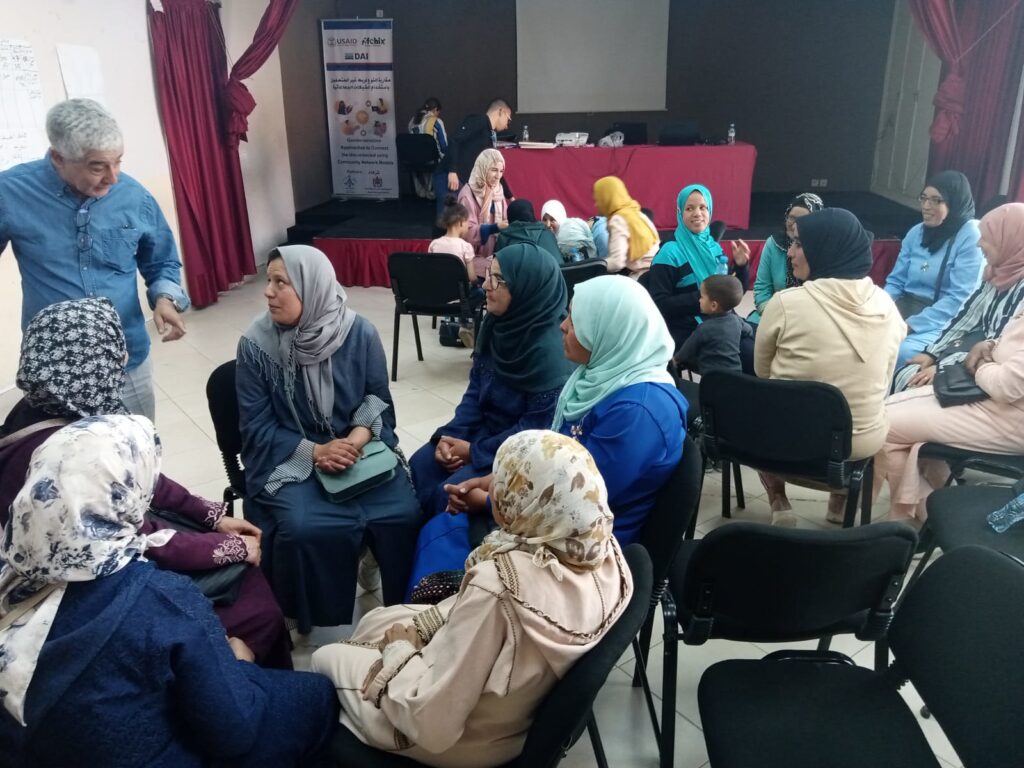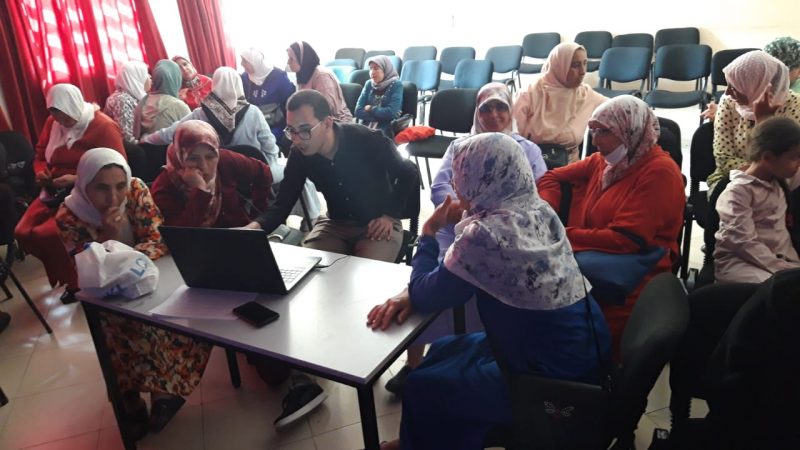“Empowered women are frightening,” jokes Dr Revi Sterling, Director of the WomenConnect Challenge. But behind the jest, she explains, is a serious issue. Cultural and social norms remain one of the biggest barriers to women accessing and learning to use technology that could improve their lives.
Sterling discussed some of the causes – and effective strategies to address – the digital gender divide during a USAID Women’s Economic Empowerment Community of Practice webinar earlier this year. She says the WomenConnect Challenge has identified the importance of addressing social norms and gaining community support as critical to the success of any project to introduce women to technology. “If we look at the millions of women who are still offline, it is their communities that are keeping them offline. Because we know that empowered women are terrifying to the status quo.”

“If we look at the millions of women who are still offline, it is their communities that are keeping them offline. Because we know that empowered women are terrifying to the status quo.”
She also warned that in contrast to the progress observed in recent years, it now appears that the adoption of mobile internet among women is stalling. According to the GSMA Mobile Gender Gap Report 2022, released in June, the mobile internet gender gap in low-income countries had been diminishing every year from 2017 to 2020, when it narrowed to 15%. In 2021, however, this trend appears to have changed with the gap widening back to 16%. In sub-Saharan Africa, it has remained stuck at a stubbornly high 37%.
Sterling sees this trend as a reflection of a broader deterioration in gender parity around the world. “Women’s rights are being pushed back and we are also seeing this in the tech space. There should be a force multiplier between women, tech, and development. Together tech and women should be a force to be reckoned with, but instead, there is this mismatch.”
She says the work of organisations supported by WomenConnect, including AFCHIX, has also shown how social norms play into the views women have about themselves and their own abilities to use technology. As a result, women show interest in technology but projects that allow them to access it have little uptake. “Some of these women will say things like: ‘I am too dumb to use technology’ or ‘I am not one of those women, I am not advanced.’ We hear a lot of this self-deprecation, and we almost need a form of pre-digital literacy training to address this.”
Sterling adds that greater effort and support are needed to address the social and cultural dimensions of the digital gender divide as this is often overlooked in favour of projects to provide connectivity or devices to communities. “No one wants to fund the work on the hard stuff, on the social and cultural dimensions. Everyone wants to fund the technology.”
“No one wants to fund the work on the hard stuff, on the social and cultural dimensions. Everyone wants to fund the technology.”
AFCHIX’s community network model not only provides affordable connectivity to rural communities but places extensive focus on community involvement and cultural dimensions. We use a gender-sensitive approach to the installation and management of community networks that includes the direct and continuous involvement of community leaders.

We use community engagement and training sessions focused on addressing negative social norms around internet use and creating awareness of the benefits of the internet. The rollout of community networks is combined with digital literacy training programmes that provide a safe space for women to engage with technology. Our approach helps women to overcome their lack of confidence in using technology as well as the cultural barriers in their communities.


